Corona-Blog
Why such a blog? Well, we think that spreading knowledge about the health benefits of daylight can positively impact public health and is perhaps particularly crucial now that we are facing a viral threat which forces us to spend even more time indoors. Our ‘Corona-Blog’ is not intended to contradict official recommendations, call into question the logical containment measures adopted in many countries, or provide miracle solutions. It aims to open a space for reflection and exchange where daylight experts can share their vision on the varied roles daylight could play to help us remain healthy and functional during this challenging period. For more information about the blog and the topics to be explored, read the post Why a ‘Corona-Blog’?.
Interested in contributing to this blog? Please contact us at office@daylight.academy.

25 April 2024
Daylight should be a priority for urban planning
Daylight is essential for ecosystems and for the physical and mental well-being of people. Despite this, many cities have followed a strategy of densification as a way of preventing urban sprawl and reducing energy consumption – but at the cost of daylight for both people and nature. This is not sustainable urban planning: instead, we need to treat daylight in cities as a limited resource that needs to be planned and managed carefully, much like water or energy.
1 February 2024
How does the human biological clock respond to the colours of twilight?
Dusk and dawn are key times for biology, providing a signal to organisms that it is the end or beginning of the day. As the sun rises and sets, the spectrum of light in the environment undergoes distinct changes. Not only does the overall intensity of light decrease – there are striking changes in the colour of light changing from blue to yellow or vice versa. Human eyes are set up to detect these changes. A recently published study has now taken a close look whether calibrated changes along ...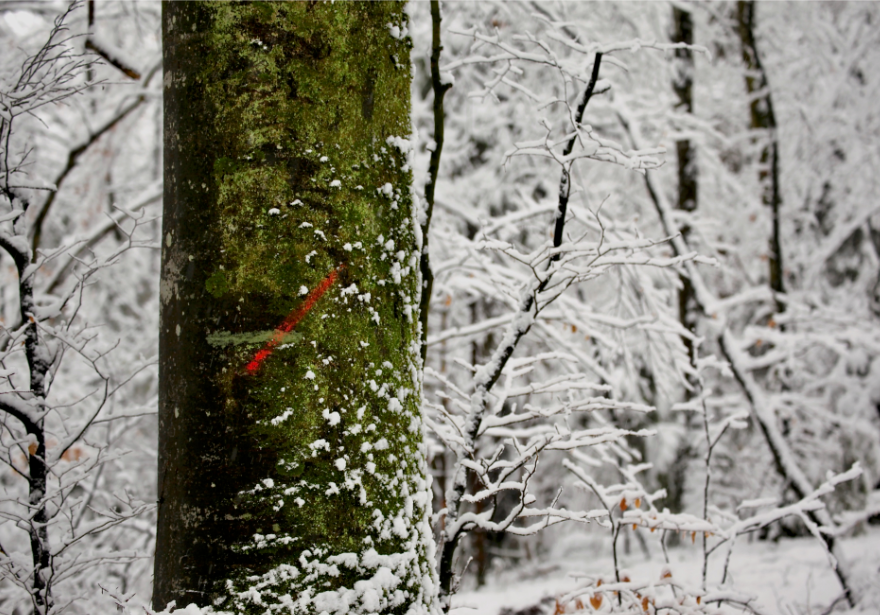
4 January 2024
Practicing Daylight: a transdisciplinary, artistic research project
Practicing daylight Practicing daylight is a hands-on series of experiential workshops dedicated to a sustained dialogue between artistic and scientific ways of seeing, analyzing and sensing. It invites to a time and place of conversation, meeting and relations, without disciplinary boundaries and beyond conventional epistemic systems. Our focus on the “and” and not on the “therefore…”, with emphasis on “contact” and not “contract”, is driven by ...
15 November 2023
Measuring and mapping the daylit world
Daylight is vital for humans, as it illuminates the world and helps us navigate, read, and appreciate visual art. Light influences us profoundly beyond vision, namely by synchronizing our circadian clock and ensuring that we run on “environment time”. Specialized light-sensing receptors in the eye capture photons and turn them into signals to tell the brain whether it is day or night.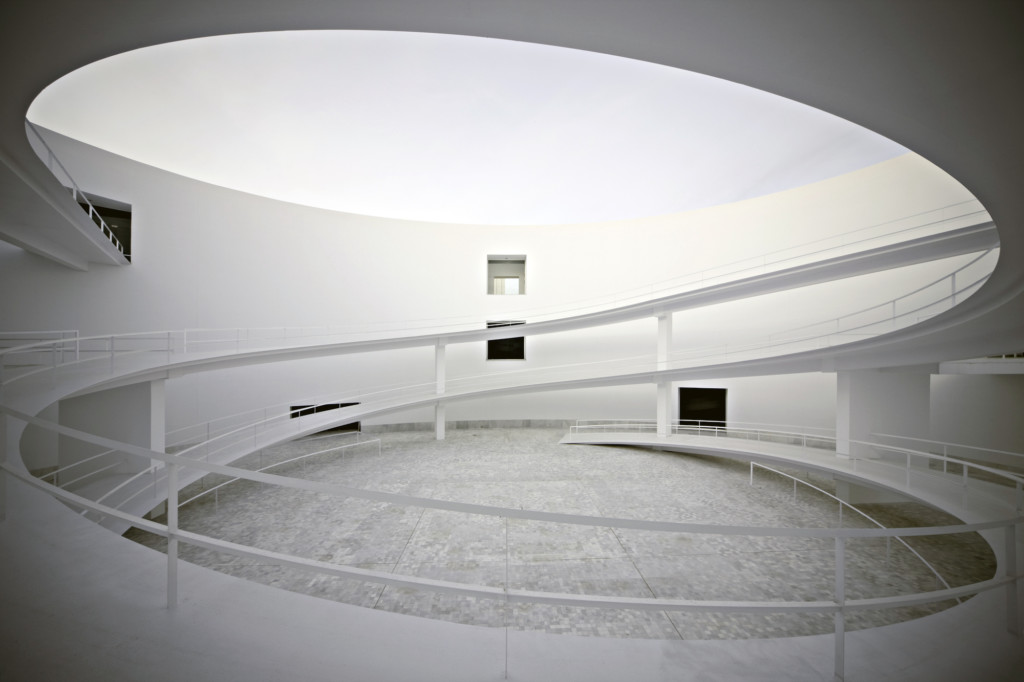
14 November 2023
The Daylight Revolution: redefining Architecture Through Lighting
Alberto Campos Baeza, the renowned Spanish architect, once wrote that light, like gravity, is an unavoidable aspect of architecture [1]. According to him, every architect, as he does with the tape measure, spirit-level and plumb line, should carry a compass, and a photometer. The compass is necessary to measure the quality of the light by knowing the position of the sun, and the photometer to measure the quantity of light. Both instruments can be found in a lighting studio or a research ...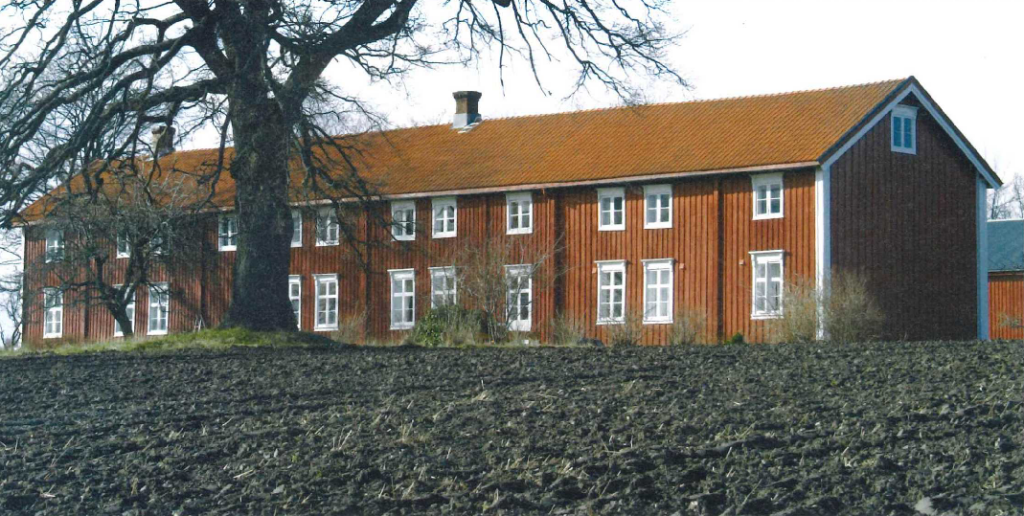
14 November 2023
Trønderlåna
“Trønderlåna has been the most common type of main building on farms in central Norway.”
14 November 2023
The Cathedral – a heavenly measuring instrument
“With us it is Easter every day, except that Easter is celebrated once a year.” Martin Luther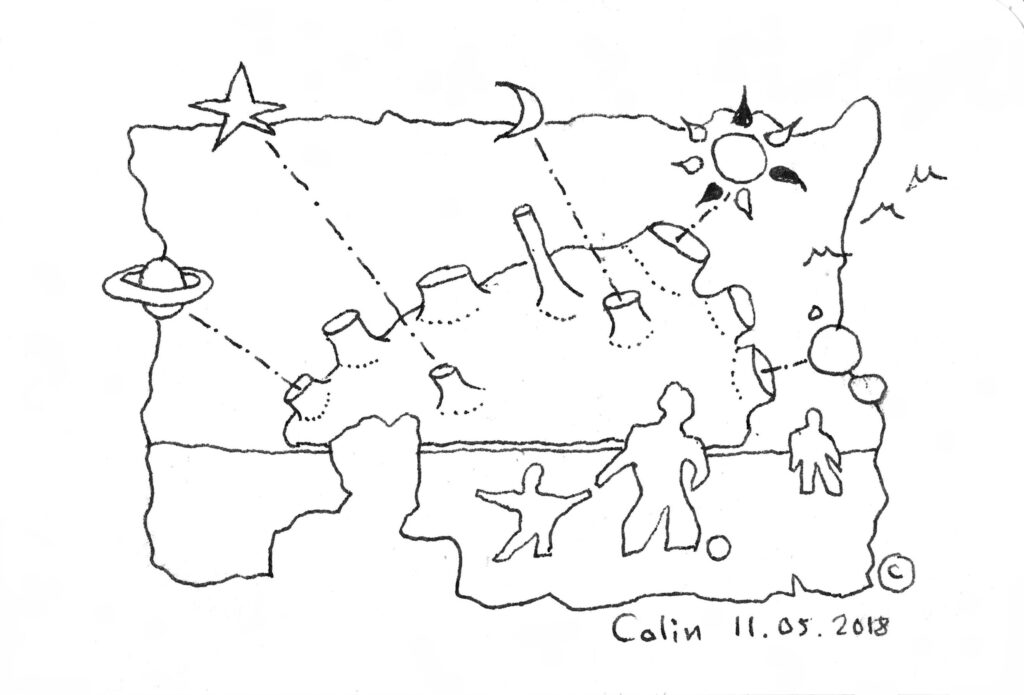
29 June 2023
The Circadian House by Colin Fournier
The Circadian House is a small experimental dwelling unit for two people, with 15 multidirectional glazed openings, allowing it to be lit entirely by natural light, from dawn to dusk. The internal space is as open and uncluttered as possible, allowing the free play of light within the home. Internal elements and furniture are reduced to a minimum. A compact central core, oriented East/West, divides the floor plan into two parts: A Northern part that is the kitchen and dining area, containing ...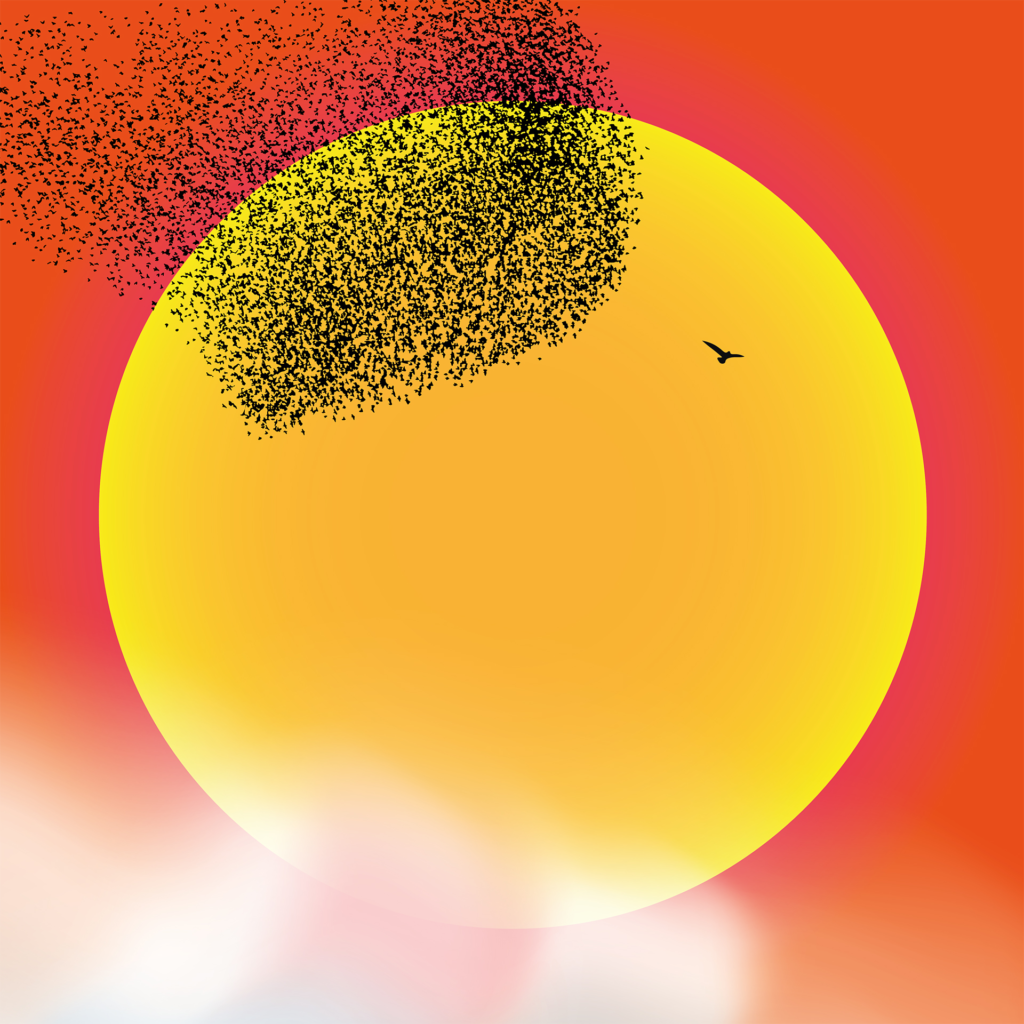
19 August 2021
10 questions on how daylight guides plants, animals, and humans through seasons
The Daylight Awareness Week took place online from the 25 to 27 May 2021 and was a great succes thanks to the captivating presentations and the lively exchanges with the audience. During these three days, we gained many exciting insights into multidisciplinary topics around daylight, and were given food for thought. Day 3 focused on how daylight guides plants, animals, and humans through seasons. If you missed the event, you can watch it below. The audience had many exciting questions and ...
14 July 2021
9 questions on lack of daylight and illness
The Daylight Awareness Week took place online from the 25 to 27 May 2021 and was a great succes thanks to the captivating presentations and the lively exchanges with the audience. During these three days, we gained many exciting insights into multidisciplinary topics around daylight, and were given food for thought. Day 2 focused on the lack of daylight and illness. If you missed the event, you can watch it below. The audience had many exciting questions and some could already be answered ...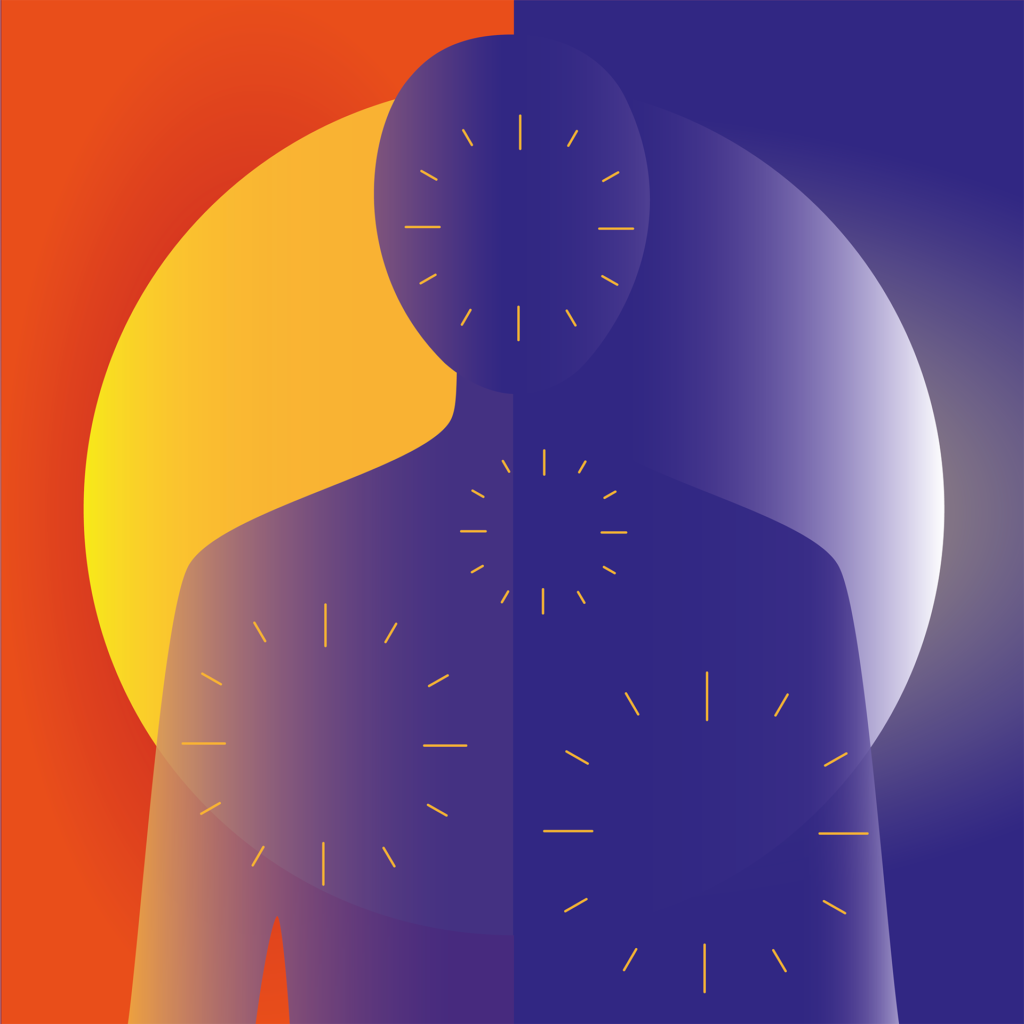
8 July 2021